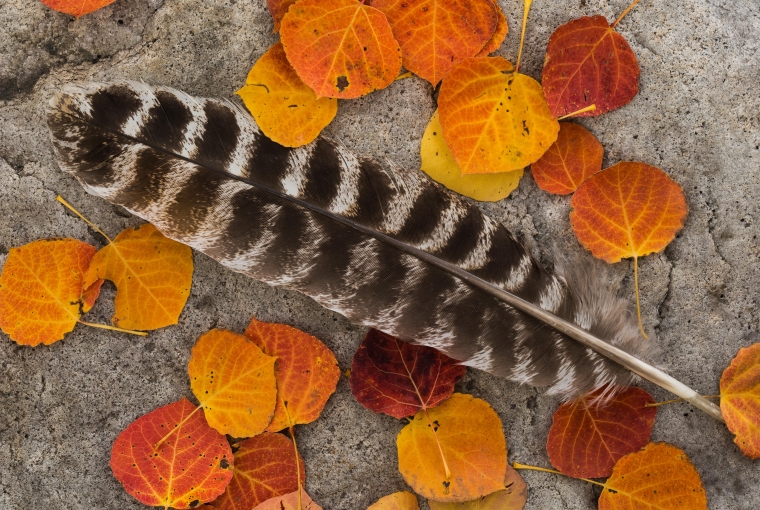
Fall wild turkeys are not the hormone-driven lovebirds of spring, so they can’t be easily duped with mating calls. They’re back in hyper-wary mode, focused on survival and chowing down to prepare for winter.
Early season
Fortunately, Ontario’s fall turkey season coincides with both an agricultural and wild harvest buffet, and turkeys eat a surprising number of foods around the province. To, get your fall bird, though, you’ll have to find foods they like where you hunt.
Archery season for turkeys runs the entire month of October in select wildlife management units, so bowhunters have early-season opportunities in the first weeks not afforded to gun hunters.
Bugs
If there has been no hard frost, insects will still be active and be the first pick of the buffet. Heat-loving insects burrow into the leaf litter or soil for warmth during cool October nights, but they re-emerge on the surface as the afternoon sun warms. Turkeys will scratch and peck for their last animal-source protein — grasshoppers, crickets, dragon flies, beetles, snails, slugs, and worms — in open grassy areas and pasturelands, making that a good place to look for them on warm afternoons.
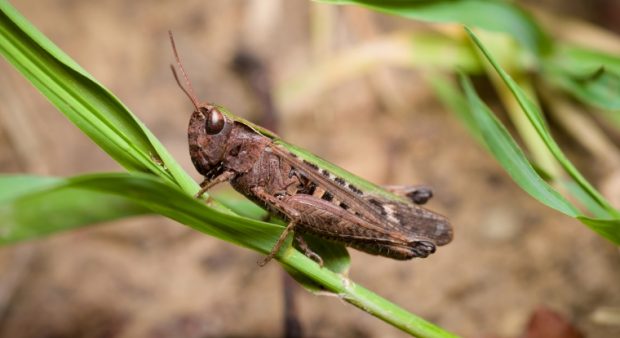
Crops
Some crops are still in the field in early October and are a draw to flocks. All grains — wheat, oats, rye, barley, milo, and millet — are on the menu. Corn, soya beans, and peas are a draw, too if unharvested. Fall wheat is a good bet because turkeys like to eat the tender new shoots.
Wild plants
The early-season buffet stretches out into the forest, too. Beech and hickory nuts, and acorns begin falling in September and are still on the ground in early October. These mast crops are a huge draw to all wildlife, including wild turkeys. Turkeys will also seek out heavy-bearing soft mast, like wild cherries, wild grapes, crab apples, stag horn sumac, dogwood, hawthorn, and juniper berries.
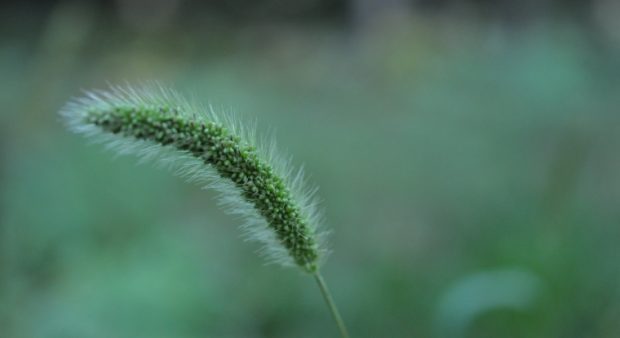
Clover is a fall turkey magnet. Birds eat this legume itself as well as the insects that thrive under the low, dense canopy that clover creates.
Without a concentrated food source, turkeys scratch and peck their way along field or forest over quite a distance looking for random tidbits. They often travel the same route each day from fly-down to fly-up, until the route fails to produce a living for them. Some flocks can be timed to nearly the minute, so pattern their route with trail cameras deer-hunting style, and wait for them at a good spot along it. However, in the absence of a concentrated food source, turkeys’ paths can be maddeningly random, as they search for quality food.
Late season
During the gun season, which runs from the middle to the end of the month, turkeys will be found scouring harvested fields for spilled or missed grains or seeds. In pastureland, they’ll pick undigested grain out of dried cow patties, then flip over the patty to get the worms, crickets, beetles, or slugs living under it. After a manure spreader has flung a pile out on a field, it’s common to see a flock of turkeys there for several days scratching and pecking for undigested grain spread in the mix.
In wine country, around the Niagara Peninsula, Prince Edward County, and the Ottawa Valley, fall turkeys will leap up to grab valuable ice-wine grapes, much to the displeasure of vintners. Vineyards are usually in more populated areas, and are good candidates for bowhunters seeking permission.
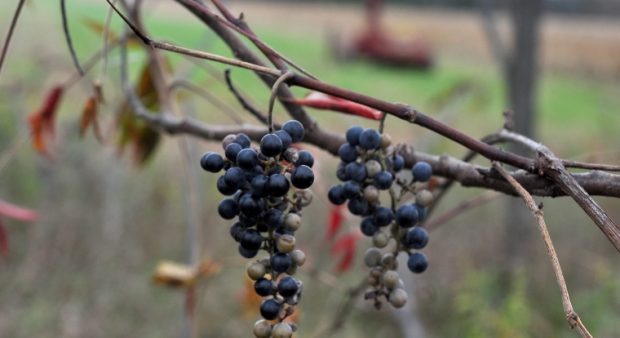
Hunt strategies
The classic fall method of a hunter or a trained turkey dog scattering a flock in all directions then calling back the singles is well suited to large tracts of land. The reality is that most of us only have a few small acreages we can hunt. A low-impact approach will prevent you from scaring turkeys out of the area altogether.
Fall turkeys are easier to pattern than spring toms that must travel far and wide searching for hens. Since fall turkeys often take the same route each day to a food source, they can be ambushed deer-hunting style. Set up a ground blind or build a natural blind at a funnel or choke point where they’ll walk within range of your blind.
Fall scouting in farm country can be as easy as driving around and glassing fields from the road. In the woods though, you’ll have to do some walking in search of signs, including food sources, droppings, feathers, scratched up leaf litter, and dusting sites. A flock of turkeys will really tear up the carpet of leaves in search of hard mast, so that’s the easiest sign to find. If you can’t locate field sign, look elsewhere.
In most cases, turkeys have to travel from their roost sites and cover to reach a prime food source. If you can’t hunt near the roost site or the food source, try to secure permission to hunt along their route.
Fiesta and siesta
In the good times of October’s bounty, wild turkeys often get enough to eat in a few hours in the morning, and then feed heavily again in the late afternoon. In between, they rest and preen in secure hideouts. These may be hidden clearings, bald hilltops, or open hardwood ridges. Check spots like this if your hunt carries on into the late morning and afternoon, and you can’t find them in their feeding areas.
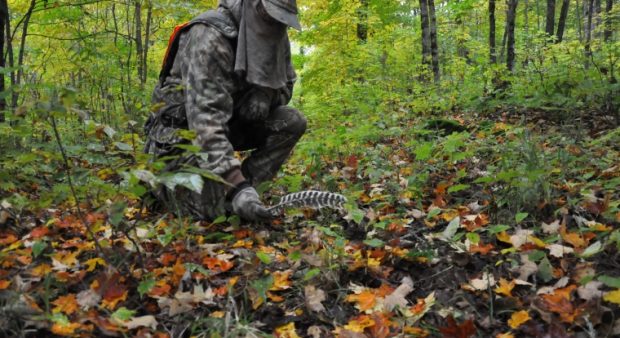
Property management
Large fall flocks can do significant damage to crops, so seek permission from farmers who might not want them around. Be sure to explain to landowners that you will be using a short-range firearm — shotgun or bow — and it’s usually a one-shot deal. Some property owners are nervous if they think there will be a lot of shooting or hunters using a rifle, like in deer season. Cultivate year-round relationships with landowners, respect their property, give a small gift of appreciation, and you will have increasing opportunities to hunt fall turkeys in farm country. Find out from farmers what crops may still be in the field early in October and secure permission to be there.
Find a roost
The best time to locate a roost is at fly-down, at first light. There’s a lot of turkey talk then as the birds reconnect with each other and sort out the daily issue of the pecking order. So, go to a high ridge or hilltop to listen for turkey chatter. Flocks of toms can be recognized by their heavier wing beats, deep-toned clucks, short strings of yelps, and possibly a gobble. Hen flocks will have plenty of hen clucks, yelps, and cackles, as well as kee-kee calls from the poults. Jakes cluck and yelp with the raspy croak — like the tone of a teenager whose voice is changing.
Don’t hunt right at a roost because you don’t want to spook the flock off it. Instead, pattern their movements and set up along the route to their first food source.
A tom roost will have black-tipped breast feathers and j-shaped droppings. Near a hen roost, dropped breast feathers will have tan tips, and hen droppings are Milk Dud shaped, like large pellets.
Match your calls, hen or tom, to sign found in that area.
Fall calls
Fall turkeys gather into flocks of the same sex. Hens and toms have no interest in each other. Both sexes can be hunted in the fall, so direct your calling as such. Fall turkeys don’t have the biological urge to cover a lot of ground to find a mate, so practise your calls to be sure they sound authentic.
To call to hens, use the kee-kee run of a lost poult, plain yelps, clucks and purrs, and lost yelps. If calling to the boss hen, use excited cutting with aggravated purrs. To call toms, use tom yelps, tom clucks, excited cutting, and even a gobble.
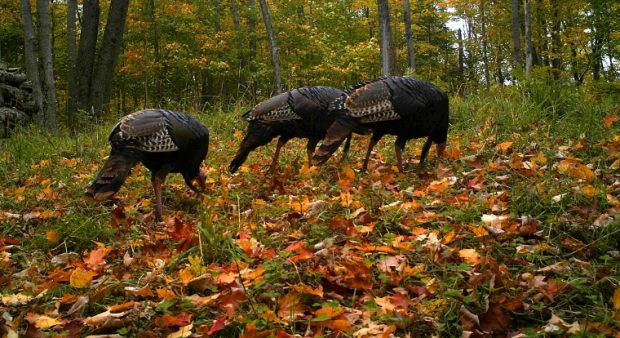
Decoy options
Fakes can be effective in the fall, but they aren’t essential.
Fall turkeys are usually in flocks or looking to join flocks, so a single decoy is not natural or inviting. In fact, a single in the fall is a turkey in danger. You will have to use a small flock of decoys for a natural looking set-up, which increases your investment and limits your mobility.
Set up decoys in a feeding posture with only one or two in the head-up, sentry posture. Turkeys crowd together when they’re nervous, so space your dekes out 10 feet apart to make the spread look calm and inviting. Being hunted a couple of times in one location is often all it takes for a flock to move to other fields.
If you’re specifically after a mature tom, use a single tom or jake decoy in half or full strut to push its dominance button. A single decoy in strut is an invitation to a flock of toms to beat up on a challenger.
If you’re hunting a large tract, you’ll be on the move, sneaking, peeking, and listening to locate turkeys before you set up to call. In this scenario, multiple decoys can be too cumbersome and limit your ability to react as opportunities develop.
With a month-long fall season, bowhunters have the chance to harvest the ultimate free-range turkey in time for Thanksgiving dinner. For shotgun hunters, a bird taken in October can be sealed up and frozen until Christmas.
Take advantage of abundant food, telltale calls, and decoy flocks to harvest a bird this fall.
Safety first
The fall hunt presents more safety risks than the spring season, as both sexes are legal game and more hunters are in the woods targeting other game. Since beard identification isn’t required, some hunters will take longer shots. And, modern decoys are so realistic yours could easily be stalked and shot at by another hunter. Be sure to set up so you aren’t in the line of fire behind your dekes.
I will sometimes wear hunter orange on my back or put an orange flag or hat behind my set-up tree if I’m not using a pop-up blind.
Originally published in the Fall 2019 edition of Ontario OUT of DOORS magazine.


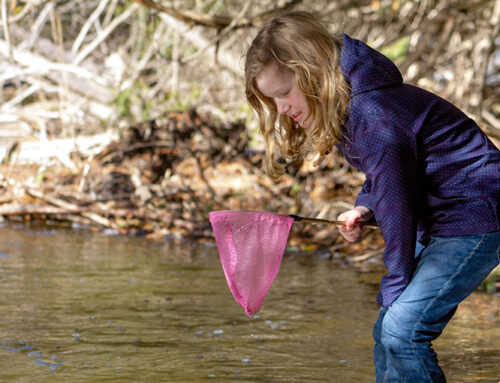
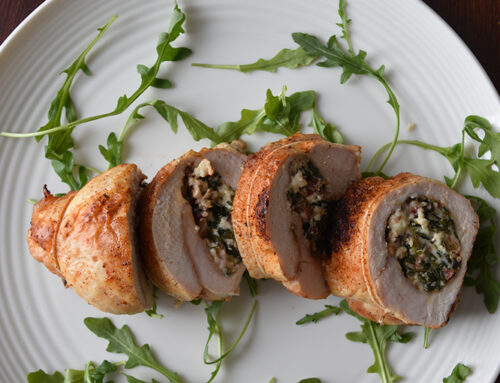
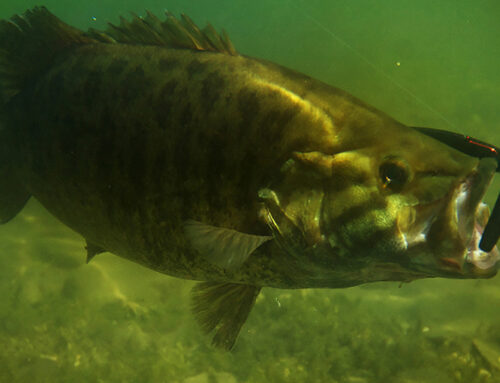
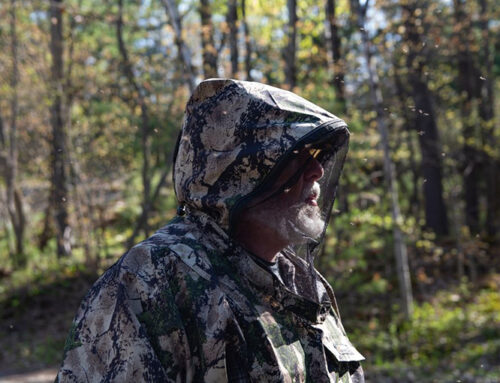
Leave A Comment